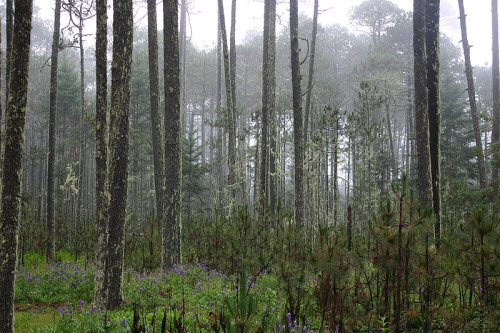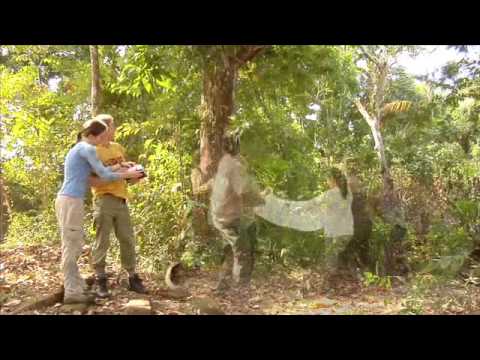
Of all the environmental challenges currently facing us, biodiversity loss probably gets the least amount of broad attention… likely because its also one of the toughest to wrap our heads around (yep, even more than climate change). As biodiversity is key to maintaining healthy ecosystems, and life on Earth period, it’s also one of the most critical… which is one reason the United Nations has declared 2011-2020 the Decade on Biodiversity.
Most of us likely associate the concept with species extinction, and that’s certainly a big part of the threat posed. But while the loss of a species like the polar bear is important, it’s not because they’re cute and cuddly looking (at least from a distance); its because without this particular species present, other elements of its ecosystems can get out of balance… and that’s something that can affect us even if we live nowhere near the Arctic Circle.
This guide will help you get a handle on the sometimes difficult concepts related to biodiversity, and point you to some of the best resources online for exploring the topic further. Like our other metaguides, this one’s always in progress… so if you know of a good resource that belongs here, let us know.
What is biodiversity?
Biodiversity, or biological diversity, isn’t a single thing: rather, it’s a concept that encompasses plant and animal species themselves, their habitats, the ecosystems of which they’re a part, and the genetic diversity within a given species. To complicate things a bit further (but also to add another critical layer to the concept), Professor Anthony Campbell proposed that molecular diversity also be considered within the broader concept in 2003.
So how do you sum all of that up in a tidy definition?
- California’s Biodiversity Council has collected scientific definitions of the concept offered by a number of researchers and organizations.
- The Smithsonian Marine Station at Fort Pierce offers an overview of the key constituents of the concept, including genetic diversity, species richness, and ecosystem diversity.
- The National Wildlife federation also provides a definition of biodiversity geared more towards the layperson.
- And The Wild Classroom has created the video below (shot in Panama) that explains biodiversity for students.
Next page: Why is biological diversity important? (Use the page links below to navigate)
Image credit: Prsjl at Wikimedia Commons under a Creative Commons license


planetnurse
Excellent primer on the concepts. I would submit that most people would consider the interrelationships and synergy, but ultimately will return to the question of how this affects their own daily lives. (Sustainablog readers likely represent a more ecologically sensitive subpop and already have some understanding of the significance). The link to the interim executive summary from the CHGE is helpful, but tedious.
If we could also view the loss of biodiversity through a cultural heritage lens, we might see that the habitat destruction and introduction of nonnative traditions threatens us in significant, measurable ways. Indigenous people around the world have been forced from their land, unable to grow and eat the crops they have evolved to most efficiently process. Consequently, they are vulnerable to the diseases once associated with wealth – diabetes, coronary artery disease, cerebral vascular disease. Witness the Pima Indians of the American Southwest with the highest Type 2 Diabetes incidence in the US. There are so few of us who do not worry about our health, or the health of our children.
Even people who do not consider themselves native or indigenous suffer for the loss of biodiversity – as we feed the world increasing quantities of corn and wheat, we rob ourselves of the unique practices of our cultures, our climates, our microclimates. As we are witnessing, the gap between the Northern and Southern hemispheres, the rich and the poor, the healthy and the ill, is widening.
Great metaguide. Consider also the International Institute for Economic Development as a resource. Free downloads of books, reports, papers, etc. (no disclosure to report). http://www.iied.org/pubs
Jeff McIntire-Strasburg
@planetnurse — Thank you for the kind words, and the additional concepts… immensely helpful! I’ll definitely take a look at the IIED resources, and get them in…